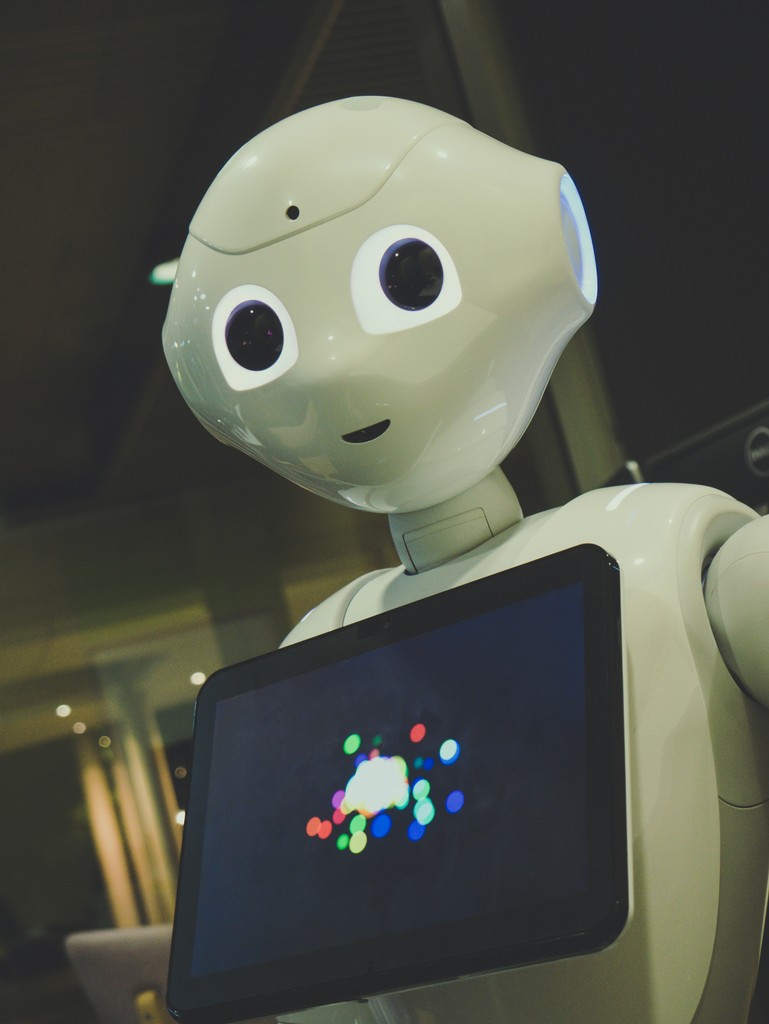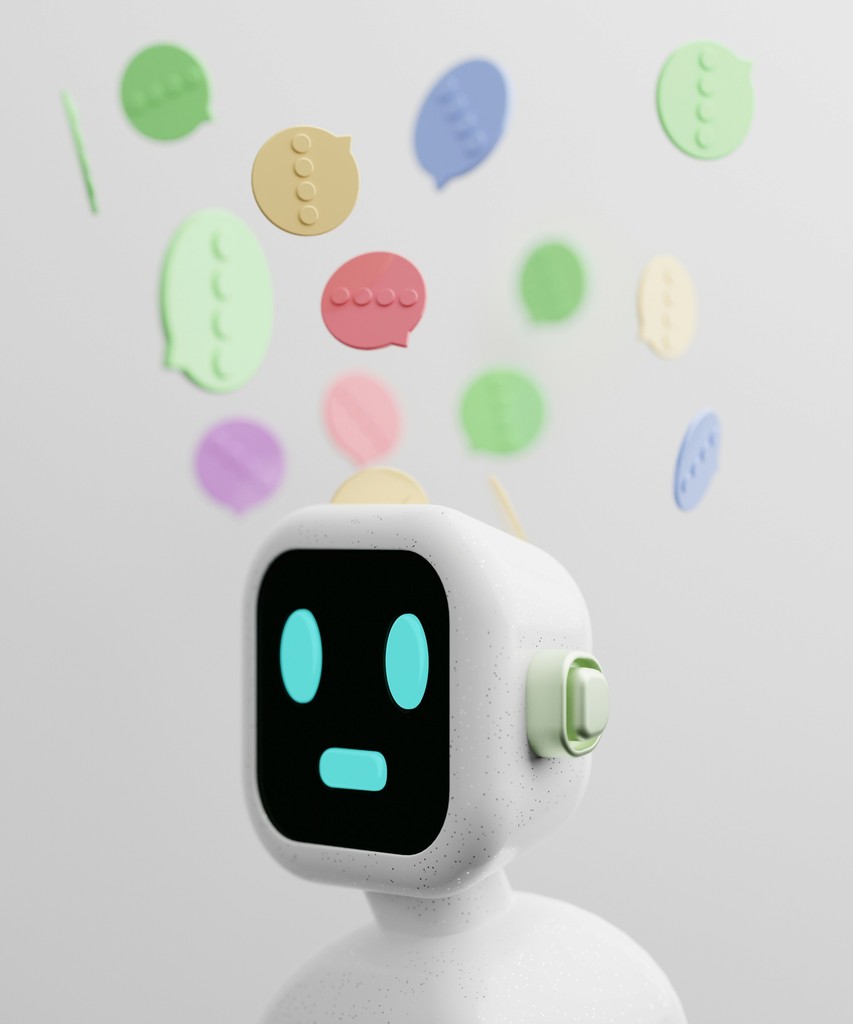
Ryan
Feb 25, 2024
Preserving Legacies: AI Tools for Documenting Family Histories
In today's fast-paced and constantly changing digital environment, safeguarding families' histories and heritage is crucial. These narratives represent family relationships, cultural background, and individuality, and they are essential to transmit to later generations.
Artificial intelligence has revolutionized the documentation and protection of family histories by providing modern ways of not only keeping them but also embracing them.
Introduction to Preserving Legacies
Preserving legacies involves recording and documentation, storytelling, tradition, and the identity of succeeding generations. Thus, family history can be told through stories, objects, and memories, continuing from generation to generation.
The Significance of Recording Family Histories
Connecting Generations
Thus, the role of documenting family histories can be reduced to the necessity of maintaining intergenerational communication. Therefore, the essential element of depicting family connections and events makes the audience aware of who they are and where they come from.
Preserving Cultural Heritage
Thus, family historians help to preserve society's cultural legacy as well as the family's everyday practices and beliefs. Cultural taboos are documented and upheld to foster continued celebration of the family's culture in society.
Understanding Family Dynamics
Recording a family's history gives an account of the interactions of family members, the victories and struggles, and the love story. Thus, narrating the struggles and achievements of previous generations helps people develop an emotional connection and understand the family's history.
Problems of Traditional Documentation Methods
While the importance of documenting family histories is undisputed, traditional methods pose significant challenges:
Loser or Damage in the Contract
Hard copies and other physical belongings can easily be ruined or missing, threatening the family history.
Accessibility Issues
The use of physical archives can be quite a challenge, especially for members of families scattered across the world, which hampers the flow of important information.
Time-Consuming Process
Physically arranging and cataloging historical documents and photographs is very hectic and time-consuming, and hence, many people may be discouraged from undertaking the documentation process.
Family History Preservation through AI-Powered Solutions
AI presents transformative solutions to address these challenges:
Digital Archiving
Robotic techniques help digitize past documents, images, and objects and store them in a digital library.
Automated Data Organization
Using machine learning to categorize and arrange documents and other records helps facilitate information identification and retrieval.
Improving Accessibility with Searchable Text.
AI allows scanned documents to be in textual formats, allowing users to search and analyze historical documents and collections easily and effectively.
Leveraging AI for Storytelling
AI's capacity for natural language processing (NLP) enables the creation of captivating narratives.
Natural Language Processing
When applied to textual data, NLP algorithms concern themselves with identifying the most essential information and attitudes contained in historical documents and oral history.
Creating Narratives from Data
AI algorithms combine pieces of information and create coherent stories from the data and information provided.
Ensuring Privacy and Security
While digitizing family histories offers numerous benefits, safeguarding privacy and security is paramount:
Data Encryption
Any sensitive data found within family archives should be encrypted to prevent data leaks.
Permission-Based Access
The following should be observed in AI platforms: AI platforms should have robust access controls where people can control who has access to what information.

Collaborative Family History Projects
AI-powered platforms facilitate collaborative endeavours:
Sharing and Collaborating Digitally
Families can also work together on history projects and other related activities as if they are in the same room no matter the distance between them, thus building the togetherness spirit.
Crowdsourcing Information
AI co-opts crowdsourcing and allows the family members to submit their own stories, pictures, and historical accounts, which are incorporated into the main story.
Directions for Future Research on Digital Legacy Preservation
Advancements in AI Technology
As AI technology develops, archival platforms will become increasingly influential in data analysis and narration.
Integration with Virtual Reality
In conjunction with virtual reality, AI will transform how people interact with archives through virtual simulations and narratives.
Case Study: Confinity – Making Family History Fun and Easy with AI
Overview:
Confinity wanted to make saving family stories and memories easy and fun. They needed to continue preserving our family values and reminiscences. Hence, they employed computers and a specific technique called artificial intelligence to develop a method to assist them.
Challenges:
Before, saving family stories was hard. Before, saving family stories was complex:
It Took Too Much Time: Arranging the bundles of photographs and documents lying around was quite difficult. Sorting through the stack and arranging it in some particular manner was rather tedious.
Hard to Share: Some family members lived in distant areas, making it difficult to discuss the family history with them.
Stuff Could Get Lost or Broken: Our family memories and history could be distorted or damaged; for example, old papers and photos could get wet, which would mean losing a part of our family history.

Solution:
Confinity used intelligent computer technology to fix these problems:
Made Everything Digital: They developed a means of converting documents and photographs into digital formats. Thus, they could be protected and secure when accessing the Internet or transacting business online.
Helped Organize Everything: Advanced computer applications were used to arrange all the files and put them in their respective folders, making it easy to search for the information needed.
Made Searching Easy: With these innovative tools, one could quickly look for specific items in the family history, for instance, a family recipe from the great-grandmother or the stories of the grandfather in war.
Implementation:
Confinity's unique online platform made it all possible:
Upload Your Stuff: Confinity could have just as quickly become the repository for all your old family papers and photos.
Let the Computer Sort It: Once uploaded, the computer sorts Everything out to make it easy to find, at least shortly.
Get Your Own Stories: Confinity applied intelligence to tell exciting tales from your family's past to help you know more about your origin.
Results:
Confinity's innovative technology made a big difference:
Saved Time: Arranging all the family history documents was no longer time-consuming, given that there was a computer.
More straightforward to Share: Since almost Everything is online, it was convenient to share our family's experiences with the rest of the family, regardless of their location.
More Fun to Explore: The ideas Confinity came up with made learning about the family history fun and intriguing.
Thanks to the great minds at Confinity, organizing and telling our family's history is a breeze and a joy. They illustrated how technology helps preserve family traditions and past events for future generations.
This story shows that modern devices such as artificial intelligence can greatly help preserve family photos and, thus, our history.
Conclusion
Thus, keeping family histories is not only a documentation of events but also a proof of the family's existence and cultural identity. Therefore, with AI as a driving force, the process of preservation becomes not only more effective but also more intriguing. Through AI, history books can be brought to life; photos can be analyzed for a story beyond the image or even a fictional story based on a family tree. This way, the descendants will not only be able to read names and years of birth and death, but they will be able to relate to the people who lived before them. In other words, AI is a link that will enhance the family's history for future generations.
